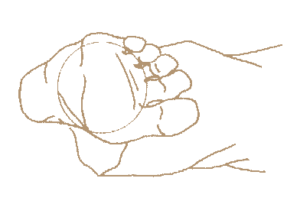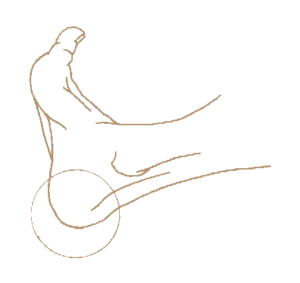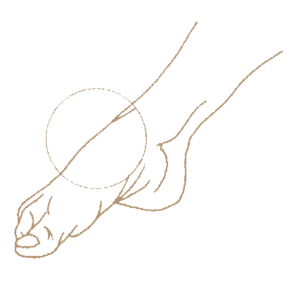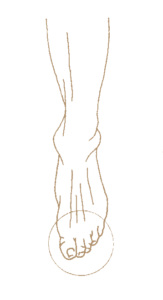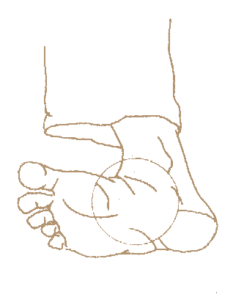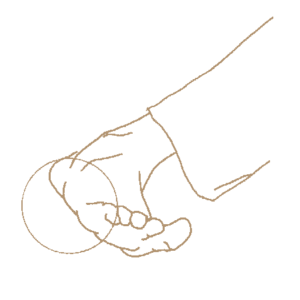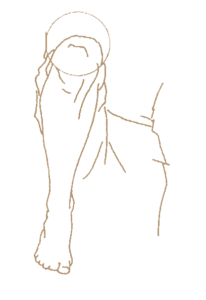Keri (Kicks)
In Japanese karate, if you just want to say "kick" then you simply pronounce it as "keri".
If you want to state a type of kick then you change it to "geri" e.g "Yoko-geri"
In Karate, kicks are the most powerful form of of attack. These techniques are generally slower then the hand striking methods but can be very effective. The distance between the opponents head and your hand is much shorter when compered to your foot. Mid to upper target level kicks generally work against gravity. If poorly executed then the technique will by very ineffective. A poor punch will a greater impact than a poor kick. It takes years to get your kick to a proficient level. Once mastered the kicking techniques get use more then punches to deliver more painful attacks to opponent in combat.
Aiming of Kicks
Majority of karate kicks are aimed via the knee. In some cases the knee not might point directly at the target. For an effective execution of a kick the knee must be aimed at target area, raised and released correctly.
Points of Contact
Haisoku (instep), Sokuto (edge of foot) and Sokki (top of foot) parts of the feet must always be used on softer parts of the body. Always use proper technique, form and control when targeting the following softer areas:
- back
- groin
- neck
- ribs
- stomach
- thigh and etc
Kakato (heel) on the other hand is much harder and can generally by used on any part of the opponents body. These include the mentioned above softer parts and the following hard target areas:
- skull
- forearm
- shin
- shoulders and etc
There is also Josokutie (ball of foot) and Hiza (knee) parts of out feet which can be very effective and strong. The JKA Mawashi Geri (using the the ball of foot) can land a powerful blow when when the hips roll forward the knee comes around with a snap horizontally to the floor. In close quarter combat the knee can be deliver a destructively powerful impact to the chest area.
- Koshi
- Kakato
- Haisoku
- Ashi-nukite
- Teisoku
- Sokuto
- Hiza
There are essentially two ways a practitioner of karate can kick. Click button below to learn more.
2 Ways of a Karate Kick
